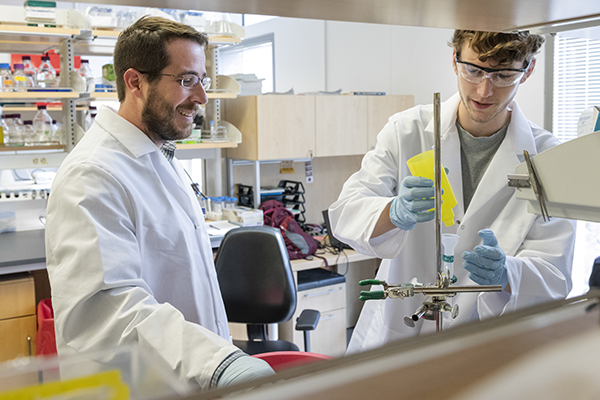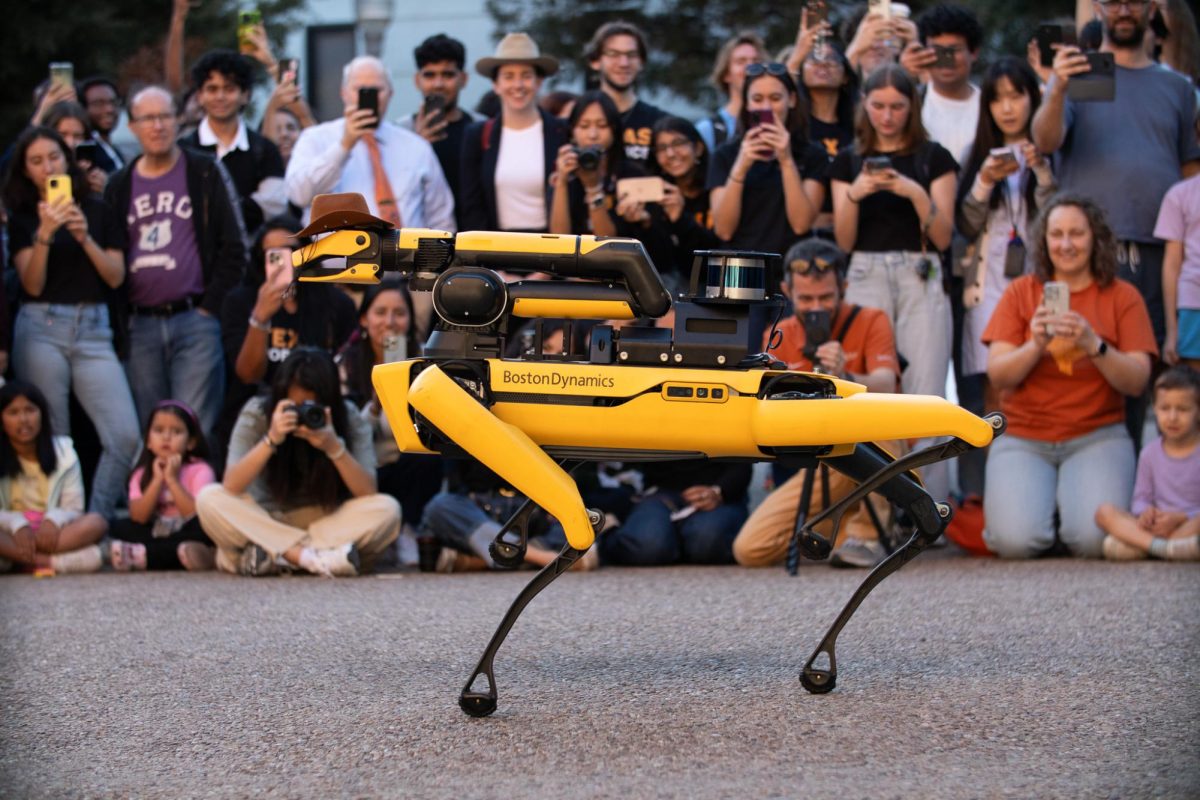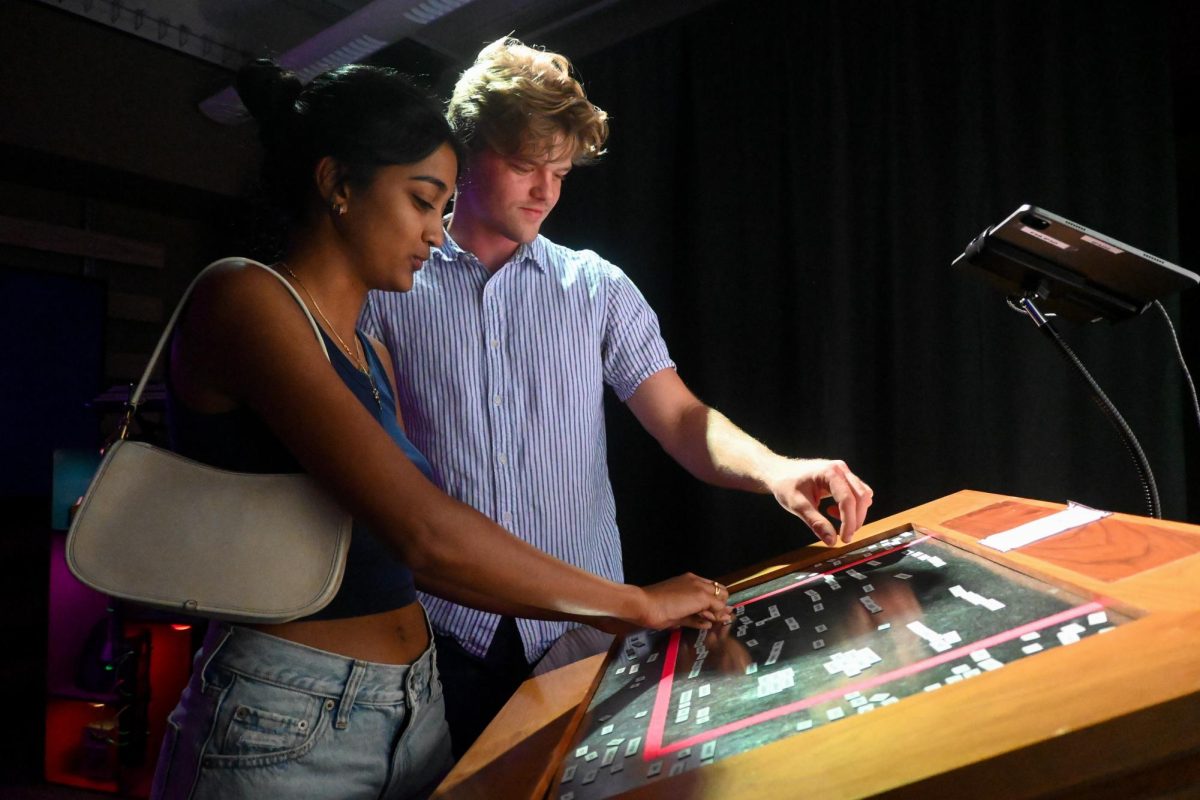University scientists made a breakthrough in novel coronavirus research by creating a 3D atomic-scale map of the part of the virus that infects human cells, according to UT News.
Jason McLellan, associate professor of molecular biosciences, and his UT colleagues published their findings Feb. 19 in the journal Science. Novel coronavirus originated in Wuhan City, China, in December 2019 and has killed 2,663 people worldwide as of Monday evening, according to the World Health Organization.
Daniel Wrapp, molecular biosciences graduate student fellow in McLellan’s lab, said he studied the spike molecule on the surface of the novel coronavirus to create a 3D map of its structure. He said the virus uses the spike molecule to attach to and then enter human cells so it can replicate and infect the body.
Coburn Allen, associate professor of pediatrics and infectious disease expert, said the novel coronavirus looks like a crown under a microscope, and the spikes of the crown are where there virus attaches to human cells.
“(UT researchers) know what that looks like now well enough that they can start thinking about how to create a vaccine against it,” Allen said.
By characterizing the structure of the molecule, Wrapp said scientists can design vaccines that prompt human antibodies — immune cells that combat viruses — to neutralize the virus before a person becomes infected.
“When you’re trying to design a vaccine, you want to present the immune system with something that looks like … a virus, because it’s going to recognize that molecule as a foreign object and produce antibodies that bind to it,” Wrapp said.
Protein engineers can use this spike molecule model to design a stable molecule that will act as an immunogen, a substance that causes the body to produce an immune response, to trigger the antibodies that will fight the virus, Wrapp said.
Wrapp said the 3D map of the spike molecule will serve as a road map for future researchers. He said UT researchers are collaborating with the National Institutes of Health and biotech company Moderna to see if the mapped molecule will become a viable vaccine candidate.
However, Wrapp said a novel coronavirus vaccine might take a long time to develop because the majority of vaccine trials last up to a decade.
“It’s in the preliminary stages of going through those clinical trials,” Wrapp said. “But even very optimistically, that will probably take somewhere between 18 and 24 months if everything goes exactly according to plan.”
Allen said vaccines go through many cycles of development before they are most effective.
“It’s always, in my opinion, somewhat miraculous if we see any vaccine come to market during the first wave of a pandemic,” Allen said.
Jaish Bhojwani, management information systems junior, said he learned about the UT research on Instagram. When the University shared the information about the spike molecule structure, Bhojwani said a lot of his friends reposted the news on their stories.
Bhojawani said he is proud that UT published the research.
“It’s definitely significant that we work on it here because we are a very innovative and groundbreaking campus in that sense that we’re always pushing the boundaries of what we can do,” Bhojawani said.





















